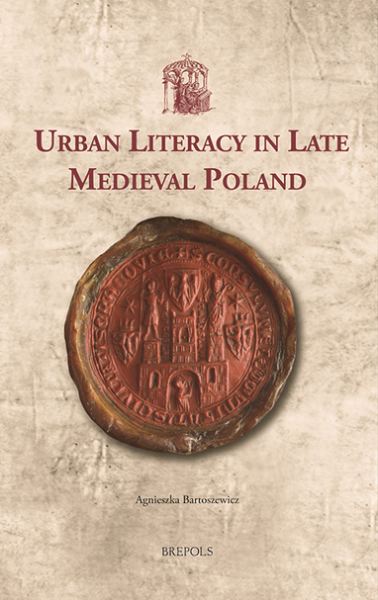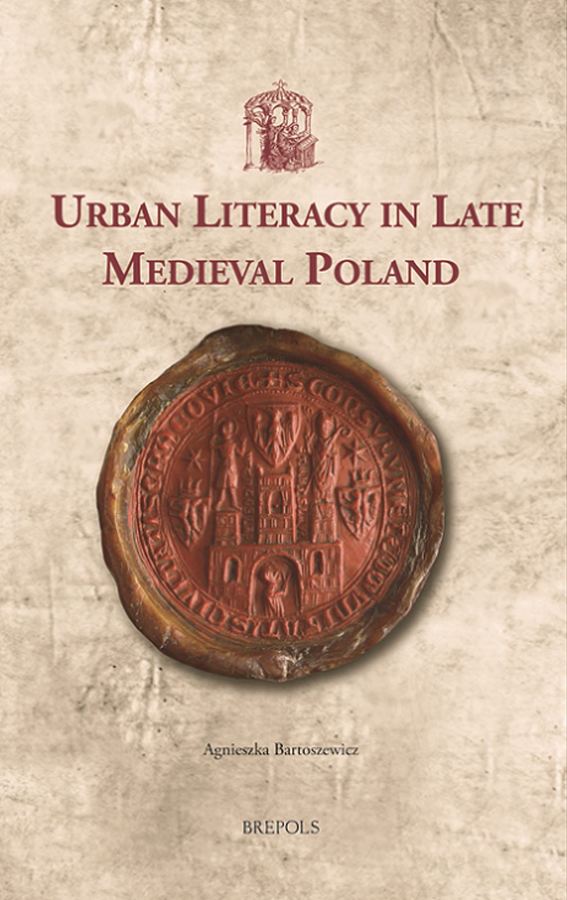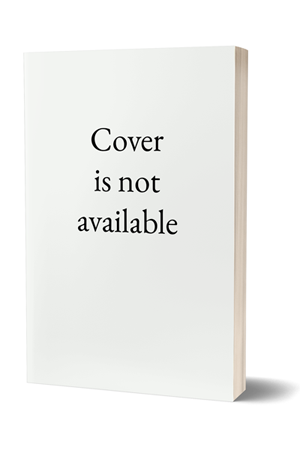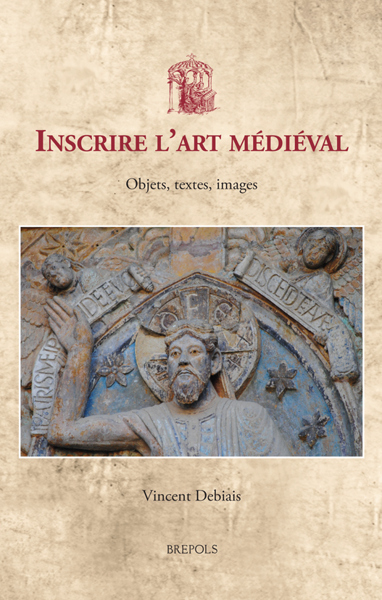
Urban Literacy in Late Medieval Poland
Agnieszka Bartoszewicz
- Pages: 484 p.
- Size:156 x 234 mm
- Illustrations:28 b/w, 8 col., 5 Maps
- Language(s):English
- Publication Year:2018
- € 130,00 EXCL. VAT RETAIL PRICE
- ISBN: 978-2-503-56511-8
- Hardback
- Available
- € 130,00 EXCL. VAT RETAIL PRICE
- ISBN: 978-2-503-57329-8
- E-book
- Available
Detailed analysis of the basic features of literacy and urban culture in late medieval Poland.
“Genau darin liegt das Verdienst des Buches für die zukünftige Forschung: Bartoszewicz hat eine beeindruckende und gut recherchierte Arbeit vorgelegt, bei der mit viel Akribie eine große Menge an Quellenmaterial und Literatur zusammengetragen und fachkundig ausgewertet wurde. Indem sie die Funktion der Schriftlichkeit in der Gesellschaft, ihre Rolle in der sozialen Kommunikation und die kulturelle Bedeutung der Schrift in den Mittelpunkt stellt, reiht sich ihre Studie in aktuelle Forschungsdiskurse ein und bereichert diese um wertvolle Aspekte. Das Buch eignet sich besonders als Einstiegsliteratur und zur ersten Orientierung für all diejenigen, die sich mit dem Thema der städtischen Schriftlichkeit im Spätmittelalter - nicht nur in Polen - auseinandersetzen wollen.” (Sabine Stach, in H Soz Kult, 02.25.2019)
« Ce riche ouvrage comprend un utile index nominorum, outre une annexe avec la liste des villes polonaises catégorisées selon leur régime de taxation médiévale. » (Th. Brunner, dans Scriptorium : Bulletin Codicologique, 1, 2019, p. 6)
"This edited volume is consistently of high quality and will set the tone for research on the Abbey of St. Victor in years to come. It engages with decades of work without being derivative, and while it is narrowly focused on three theologians only, in establishing the most important ideas of the twelfth- and thirteenth-century Victorines, the volume invites rather than ignores further avenues of research" (Evan F. Kuehn, in Mediaevistik, 36(1), 2023, p. 423)
Agnieszka Bartoszewicz is professor of Medieval History at the Institute of History, University of Warsaw.
From the end of the thirteenth century onwards, European towns exhibited a significant increase in the use of writing as a tool for administrative and economic purposes, as well as for social communication. The medieval towns of Poland are no exception to this pattern.
This book surveys the development of the literacy of Polish burghers in the fourteenth and fifteenth centuries, revealing socio-economic and cultural processes that changed the life of Polish urban society. Polish urban literacy is examined according to the reception of Western European urban culture more generally. Town networks in medieval Poland are explained, and the literacy skills of the producers and users of the written word are discussed. Literacy skills differed greatly from one social group to another, it is shown, due to the variety of town dwellers (clerics and lay people, professionals of the written word, occasional users of writing, and illiterates). Other issues that are discussed include the cooperation between agents of lay and church literacy, the relationship between literacy and orality, and the difference between developing literacies in Latin and in the vernacular languages.
Preface
Abbreviations
Maps
Introduction: Urban Literacy in Late Medieval Poland: The Main Research Problems 1
1. The Urban Network in Late Medieval Poland
2. The Topography of Urban Literacy
3. The Polish Municipal Chanceries and Their Heritage
4. From Vernacular Memory to Written Record: Literate Behaviour and Legal Procedures
5. Municipal Clerks
6. Other Professionals of the Written Word in Polish Towns
7. The Written Word in the Life of Polish Town Dwellers
Conclusion
Appendix: Chronology of the locatio of the More Important Towns in the Kingdom of Poland
Glossary
Bibliography
Index
Plates




